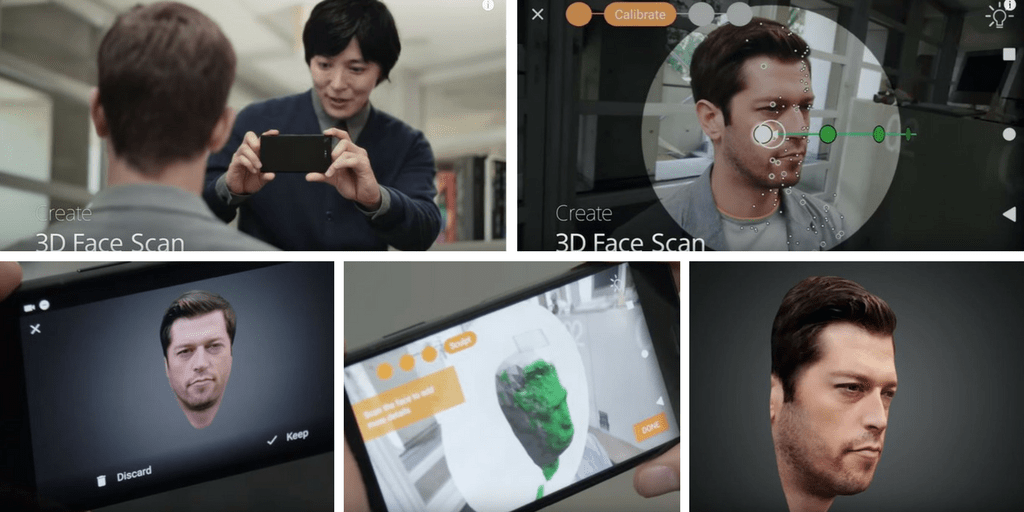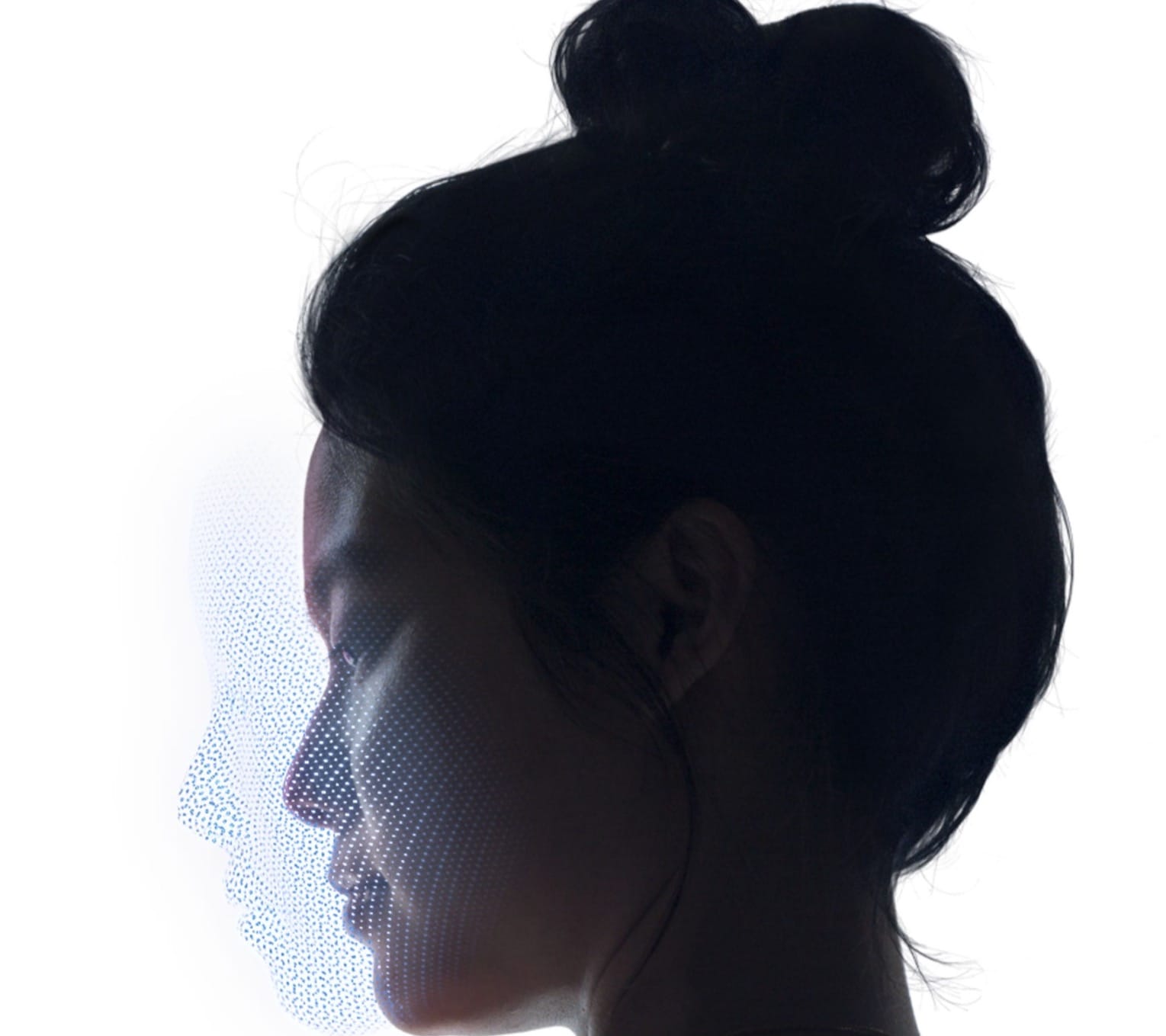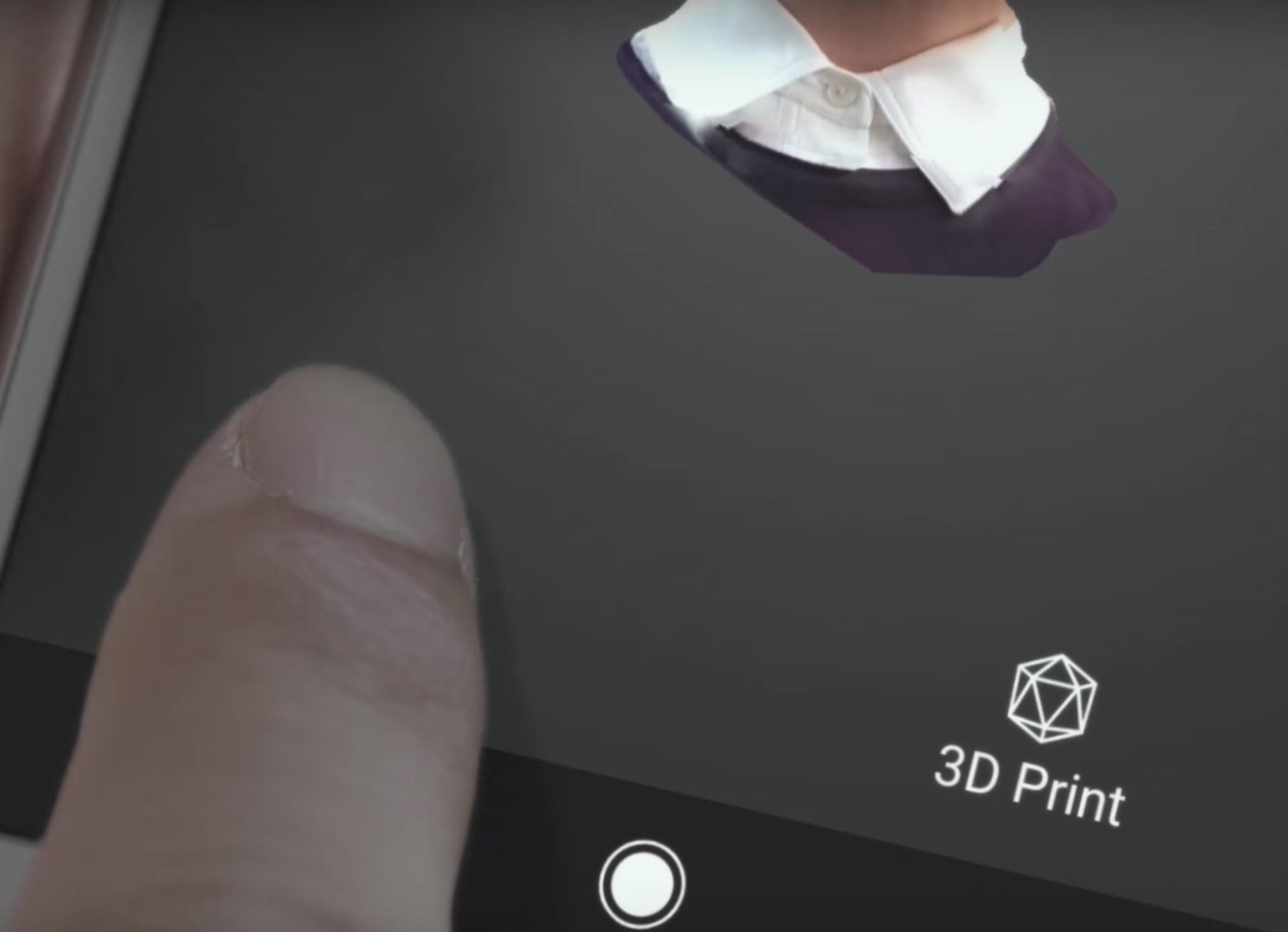
I’ve been contemplating the implications of a world in which anyone can 3D scan anything and print out a replica.
Why this contemplation? Two events recent have triggered this thought process: Apple’s announcement this week of the iPhone X, which includes a 3D vision system, and secondly, Sculpteo’s announcement of a partnership with Sony.
First the background on the Sculpteo announcement. Sony’s new Xperia smartphone includes a 3D app, 3D Creator, that can capture 3D models of subjects. Those subjects can be a person’s face or head, but can also be of any random object that you can walk around. This could include buildings, tabletop objects and the like, so pretty much anything.
The Sculpteo angle is that the deal enables the 3D Creator app to be hooked up directly with Sculpteo’s extensive 3D print service, enabling someone to literally capture a 3D model and immediately request a 3D print – in color – of the capture.

Previously I imagine virtually users of the 3D Creator app would have had no idea of how to go about obtaining a 3D print, nor even that such a thing would be possible. Now it is straightforward.
And it will be ubiquitous, because evidently the 3D Creator app is pre-installed, so all users of that device will have access to it.
The second development was Apple’s not-so-secret announcement of their new iPhone X, which includes new hardware to enable 3D: super-fast processing unit, neural capabilities, and a depth camera. All elements required to build a very capable mobile 3D scanner.

However, Apple at this time has chosen to deploy these 3D capabilities for a facial recognition security system and for animated emojis. Once developers have access to the necessary API’s, it should be a short wait until 3D scanning apps appear by the basketful.
And each one, like the Sony Experia app, would likely have access to 3D print services.
So it seems that within a reasonably short time frame we may see large numbers of people wandering the streets with very capable 3D scanners. What does that imply?
First, I imagine there could be many prints made of personal subjects, for sculptures, in the manner that Sony and Sculpteo expect. The sheer number of people having access to this capability will surely drive a lot more business towards 3D print service bureaus, as even a small percentage taking up the option would still be huge.
This could make 3D print service bureaus more efficient, competitive and eventually result in lower pricing for all.
Second, we need not fear people “stealing” objects through virtual capture and 3D printing, as the scan cannot capture internal details of a subject, and even the external details will be only approximate at best. But certainly some people will try to capture 3D models of objects, particularly in museums or exhibitions where new objects are shown (think what may happen at the next auto show, for example.)
Third, we may see a rise in the sales of desktop 3D printers as some app operators may become enamored with the idea of 3D printing as a result of exposure to the concept through these apps.
These two developments themselves won’t change things, but they set precedents and open doors for a more interesting 3D future.

